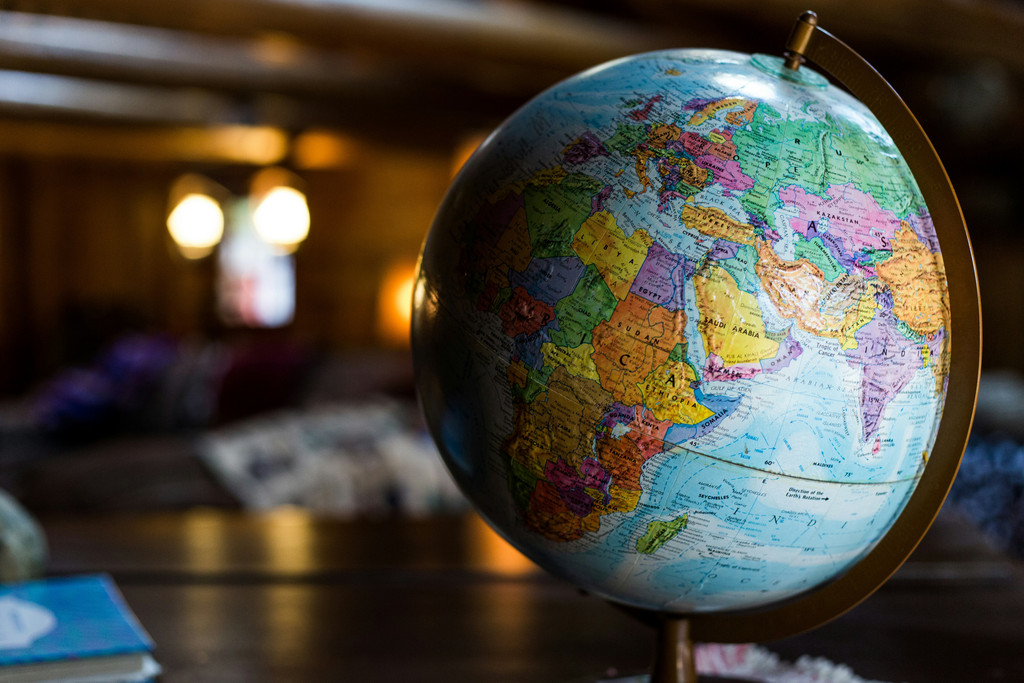It was not just the desert and the sea, but primarily also the world of Islam that fascinated Isabelle Eberhardt, who was born in Geneva on 17 February 1877. It is unclear whether her father was the anarchistic Russian Orthodox priest Alexander Trofimovsky from Armenia or perhaps the poet Arthur Rimbaud. The only thing beyond doubt is that her mother was Nathalie Eberhardt, of German-Baltic origins, with whom the 20-year-old, who was privately tutored by Trofimovsky, first set foot on African soil in 1897 in Bône in Algeria.
Both mother and daughter immediately converted to Islam and when Nathalie Eberhardt died of heart failure in the same year, Isabelle – dressed in men’s clothing and under the name of Si Mahmoud – set off on an Arabian stallion on that ride through the Sahara Desert to the Bedouin tribes which she described in her “Journaliers”. She only returned to Switzerland on one single occasion to look after cancer-ridden Trofimovsky in the final months of his life. By 1900 she was back in Algeria, however, where she wanted to get to the bottom of what had happened to the missing Marquis de Morès. She went on another long ride into the desert and fell in love with the handsome Algerian Slimène Ehnni whom she married in Marseille in October 1901.
Expelled for being an agitator
However, prior to this in early 1901 she had been fortunate to survive an attempt on her life by a religious fanatic who tried to chop off her head with a sabre. While the man was convicted, his victim was expelled from the country as a “foreign agitator”. She returned with Slimène a year later as a married woman, worked as a war reporter and won considerable acclaim after the publication in France of her previous reportages. But she was not happy. Suffering from serious alcohol abuse and depression, she wanted to commit suicide together with Slimène. She did not take her own life but died at the age of 27 when, after torrential rainfall, a surge of water submerged the military hospital in Aïn Sefra where she had sought refuge after a bout of malaria.
From forgotten figure to cult author
Incredibly, the manuscripts and journal sheets she had with her only suffered minor damage and could be added to the other writings which made Eberhardt something of a cult author for many readers in 1905/06 and 1922 in French and since 1981 also in German. She was a writer for whom the adventure of the desert, encountering Islam, the experience of loneliness and sense of feeling lost combined with the search for her own identity between the genders and beyond any conventions ultimately became a fatal odyssey.
“What a pleasure it is to meet somebody who is completely their own person – devoid of all prejudices, hypocrisy and clichés – who lives life as freely as a bird in the sky,” said the French General Lyautey, who had recruited her as a spy, at her grave.
Charles Linsmayer is a literary scholar and journalist in Zurich.
“In these days of fear, uncertainty and sorrow, I have a heightened awareness of how much I depend on this country and how much I will desperately long for it throughout my life wherever I go in future – the land of sand and sun, deep gardens and the wind which blows sand clouds over the dunes.”
Tagwerke (Journaliers), 28.1.1901, in “Sandmeere”, volume 1
März-Verlag, Berlin, 1982, p. 137
Bibliography: In German, “Sämtliche Werke” is available as a Rororo paperback, while “Briefe, Tagebuchblätter, Prosa” is published by Lenos, Basel. Alex Capus portrayed Isabelle Eberhardt in “Himmelsstürmer”, Knaus, Munich 2008, and Alexandra Lavizzari described her final months in “Nach Kenadsa”, Friedmann, Munich 2005.











Comments